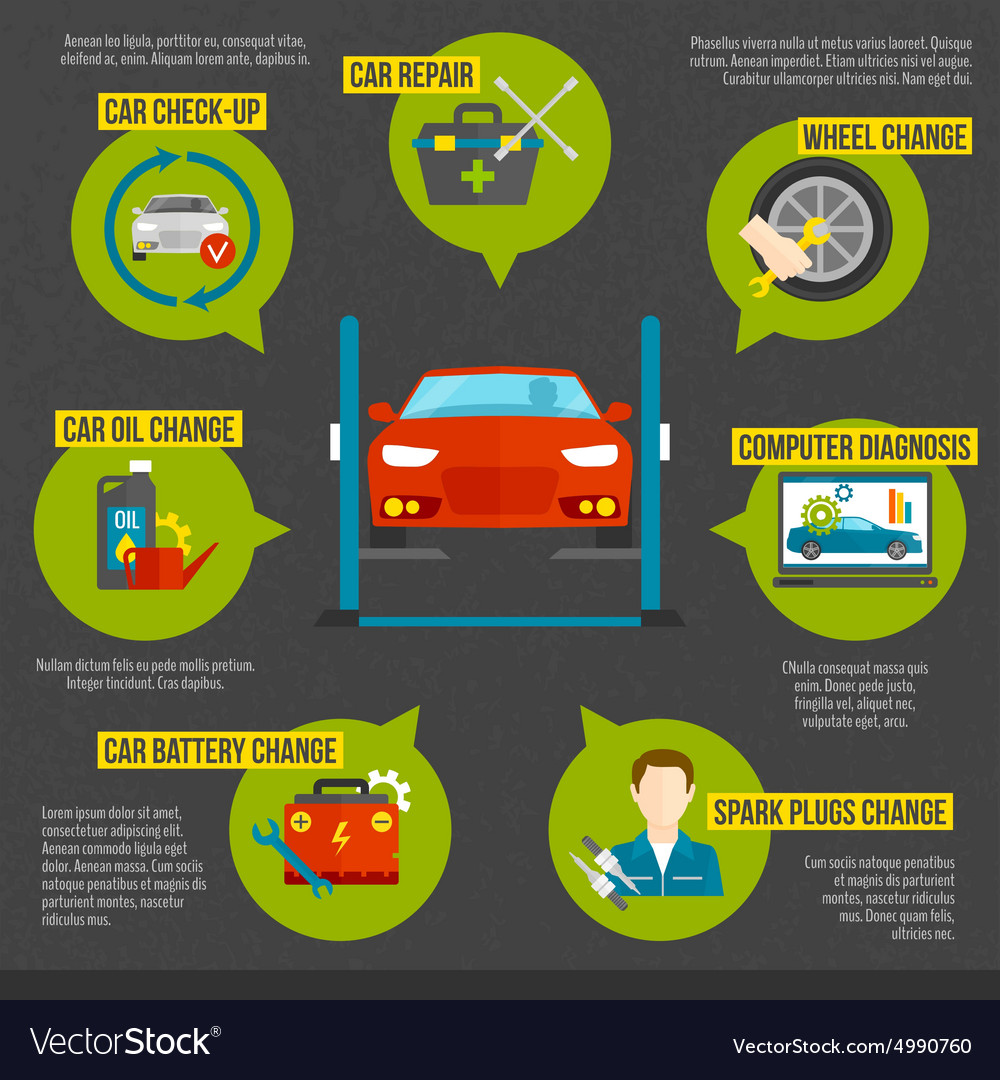Looking For Clarity On The Warning Lights Displayed On Your Cars And Truck'S Control Panel? Find Out How They Connect To Your Automobile'S Health And Wellness
Looking For Clarity On The Warning Lights Displayed On Your Cars And Truck'S Control Panel? Find Out How They Connect To Your Automobile'S Health And Wellness
Blog Article
Post Produced By-Samuelsen Forbes
When you lag the wheel, those radiant warning lights on your control panel can be a bit difficult. Do you understand what they're trying to inform you regarding your cars and truck's wellness? Understanding the significance of these lights is vital for your security and the long life of your vehicle. So, the following time one of those lights appears, wouldn't you wish to analyze its message accurately and take the necessary steps to resolve it?
Common Warning Lights and Interpretations
Identify common warning lights in your vehicle and comprehend their meanings to make sure risk-free driving.
One of the most typical caution lights consist of the check engine light, which signifies concerns with the engine or exhausts system. If this light comes on, it's vital to have your vehicle checked without delay.
The oil stress warning light suggests reduced oil pressure, requiring prompt focus to prevent engine damages.
A flashing battery light may recommend a malfunctioning charging system, potentially leaving you stranded if not attended to.
The tire stress tracking system (TPMS) light informs you to low tire pressure, influencing car stability and fuel efficiency. Ignoring this can result in risky driving conditions.
The abdominal light suggests a trouble with the anti-lock braking system, compromising your ability to stop rapidly in emergency situations.
Finally, the coolant temperature warning light warns of engine overheating, which can lead to severe damages otherwise settled swiftly.
Comprehending these usual caution lights will certainly help you resolve concerns immediately and maintain risk-free driving conditions.
Value of Prompt Interest
Understanding the common caution lights in your auto is only the very first step; the relevance of without delay addressing these warnings can't be stressed sufficient to ensure your security on the road.
When a warning light illuminates on your control panel, it's your auto's way of communicating a prospective issue that requires attention. Disregarding these warnings can lead to extra extreme issues in the future, endangering your safety and possibly costing you much more out of commission.
Trigger focus to cautioning lights can protect against breakdowns and crashes. For instance, a blinking check engine light could indicate a misfire that, if left unattended, could create damage to the catalytic converter. Resolving this quickly can conserve you from a pricey repair work.
Similarly, a brake system warning light may indicate low brake liquid or worn brake pads, critical parts for your safety when driving.
Do It Yourself Troubleshooting Tips
If you notice a caution light on your dashboard, there are a couple of DIY fixing suggestions you can try before seeking professional help.
official source is to consult your automobile's handbook to recognize what the specific caution light suggests. Often the problem can be as straightforward as a loose gas cap setting off the check engine light. Tightening the gas cap might settle the problem.
An additional typical issue is a reduced battery, which can trigger different cautioning lights. Inspecting mouse click the up coming website page for rust and ensuring they're safe could fix the issue.
If a warning light lingers, you can attempt resetting it by detaching the cars and truck's battery for a few minutes and after that reconnecting it. In addition, inspecting your automobile's liquid degrees, such as oil, coolant, and brake fluid, can assist fix alerting lights associated with these systems.
Verdict
To conclude, comprehending your automobile's warning lights is vital for maintaining your car running efficiently and securely. By quickly attending to these notifies and recognizing what they mean, you can avoid costly repair work and possible break downs.
Remember to consult your car's guidebook for specific details on each cautioning light and act accordingly to make certain a trouble-free driving experience.
Keep informed, stay risk-free when traveling!
